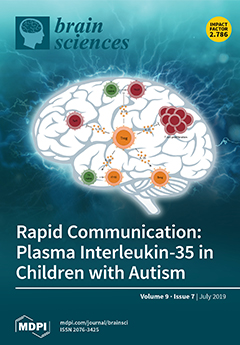Purpose: This study explored demographic, social, behavioral, and health factors associated with current marijuana use (MU) among African American older adults who were residing in economically challenged areas of south Los Angeles.
Methods: This community-based study recruited a consecutive sample of African American
[...] Read more.
Purpose: This study explored demographic, social, behavioral, and health factors associated with current marijuana use (MU) among African American older adults who were residing in economically challenged areas of south Los Angeles.
Methods: This community-based study recruited a consecutive sample of African American older adults (
n = 340), age ≥ 55 years, residing in economically challenged areas of South Los Angeles. Interviews were conducted to collect data. Demographics (age and gender), socioeconomic status (educational attainment, income, and financial strain), marital status, living alone, health behaviors (alcohol drinking and cigarette smoking), health status (number of chronic medical conditions, body mass index, depression, and chronic pain), and current MU were collected. Logistic regression was used to analyze the data.
Results: Thirty (9.1%) participants reported current MU. Age, educational attainment, chronic medical conditions, and obesity were negatively associated with current MU. Gender, income, financial strain, living alone, marital status, smoking cigarettes, drinking alcohol, depression, and pain did not correlate with MU.
Conclusion: Current MU is more common in younger, healthier, less obese, less educated African American older adults. It does not seem that African American older adults use marijuana for the self-medication of chronic disease, pain, or depression. For African American older adults, MU also does not co-occur with cigarette smoking and alcohol drinking. These results may help clinicians who provide services for older African Americans in economically challenged urban areas.
Full article






